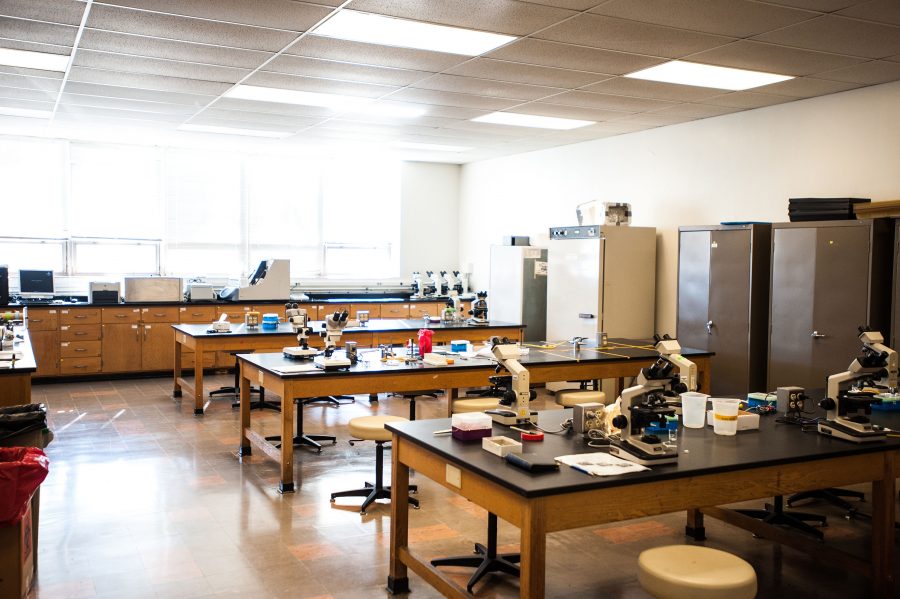A natural way to break down chemicals in the soil could lead to huge energy savings through a new process of making fertilizer.
New research involving the Department of Biological Sciences is enhancing the biological machinery responsible for breaking down nitrogen from the air so that plants can use it. This means that the machines, called enzymes, can make fertilizer more efficient than the current practice, which accounts for about 1.2 percent of the world’s energy consumption.
Grants from the U.S. Department of Energy and National Institute of Health funded the research. Edwin Antony, an assistant professor of biological sciences, worked with a team of researchers across the country to clarify how the enzyme can be used as an alternative to the currently-used Haber-Bosch process.
“The immediate implication is that you don’t need to use the Haber-Bosch process to make fertilizer,”Antony said. “That’s huge, that saves 2 percent of the world’s energy right there.”
All living things require nitrogen, but it needs to be broken down before living things can use it. When nitrogen is broken down into ammonia, it can be used for fertilizer production.
The enzyme is called a nitrogenase and is a nitrogen cutter. The enzyme is split up into two identical, symmetric halves. For many years, researchers thought the halves worked independently from each other. However, Antony and his team have found that the sides communicate between each other to do their job.
The two halves work in tandem to break down the nitrogen bonds into ammonia. When each half moves an electron, the entire enzyme shifts in shape. Given the symmetrical arrangement, moving one side up forces the other side down. Then, both halves can effectively position the enzyme for the reactions necessary to make ammonia.
“Think about it as a two-stroke engine,” Antony said. “Both sides are doing the same work, but they’re moving in opposite directions, taking turns. When one side is moving, the energy from its movement is transferred to the other side, thereby making the process more efficient.”
This energy-efficient transfer is the key to leaving the Haber-Bosch process behind. “We’re literally plagiarizing biology because (the nitrogenase enzyme) is doing it so well,” Antony said.
Brian Hoffman, a team member and chemistry professor at Northwestern University, said that the paper received a strong response because of the enzyme’s energy-saving potential. Altmetric, an organization that collects data to track a research’s impact, has the paper in the top 5 percent of all research papers scored.
“As a researcher it’s always rewarding when people in the community are talking about your work,” Hoffman said. “I’m grateful to have been a member of such an outstanding team.”
Now that the researchers know that the two sides work together, the next step is trying to understand how they communicate, Antony said.
“It’s a long-range communication,” Antony said. “It’s like if one person is sitting in a neighboring room and I’m sitting in this room, and they know what I’m doing and I know what they’re doing. So how are we communicating with each other? How are we synchronizing what we do in order to get to a common goal? That’s what the enzyme is doing. We want to know exactly how it does it.”
William Donaldson, a chemistry professor who was not affiliated with Antony’s research, said that the research’s ability to prove the two sides actually work together is important because it leads to questions about enzymes similar to nitrogenase.
“It’s clearing up what was a misconception before,” Donaldson said. “That’s important not only for understanding nitrogenase, but it also leads to questions about if that’s the case in other dimeric (two-sided) enzymes.”

